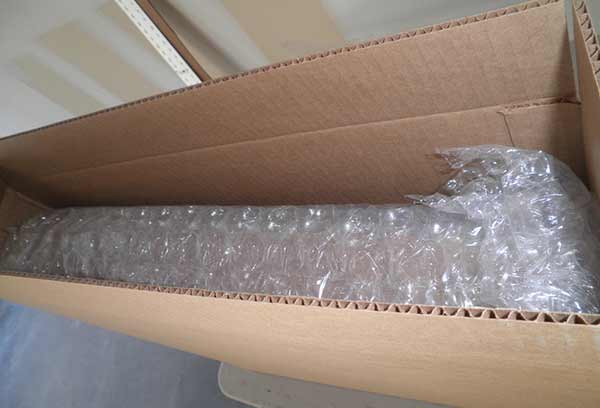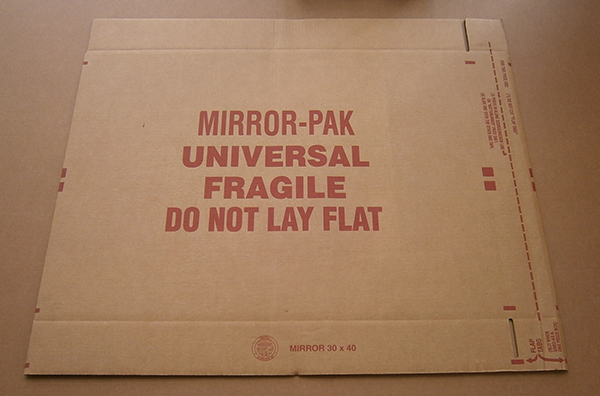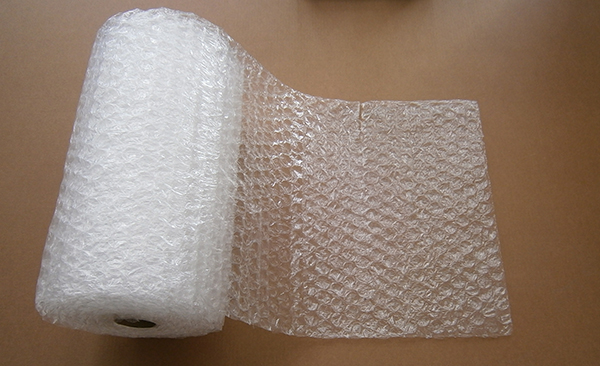How to Ship Paintings, Guide for Artists & Galleries

Xanadu Gallery Owner, Jason Horejs shares decades of shipping experience.
Professionalism
I have often declared that artists and gallerists are as much in the performance art business as the visual art business. We want to convey to the collector that the work of art they just bought, or are considering to buy, is a masterpiece. Everything we do in relationship to the physical work of art should reinforce this message. When handling the art, we should do so respectfully and almost reverentially. This applies to how the art is shipped as well. When the art arrives on your client’s doorstep, you want the packaging to look like it is worthy of the artwork within, not something that fell off the recycling truck.
Efficiency / Economy / Ecology
Finally, I don’t want my shipping expenses to eat so far into my profit margin that the sale becomes unprofitable. While safety and professionalism certainly come first, those concerns have to be balanced against your costs. Yes, you could charter a jet and hand-deliver the artwork to your client to make sure it arrives safely and professionally, but this approach would be neither economical nor efficient (probably not all that ecologically friendly either). Ultimately, I want to ship the artwork for the least cost, while still maintaining safety and professionalism. These factors can be balanced, and I am going to give you advice that will save you money.

Tools
For about $100 you can assemble a basic shipping toolkit. I have five favorite tools I use consistently when shipping. While there may be a few additional tools that will come in handy from time to time, these tools are a good place to start.

48″ x 96″ Cardboard Pads (single & double wall)
These are large, flat sheets of cardboard that can be used anytime you need extra padding or wrapping. You’ll see that I use these pads to provide an extra layer of cardboard between your art and the world, but you can also use them when you are customizing a box and end up with a gap, or when you need extra padding on a corner.

Bubble Wrap
Your kids (or grandkids (or you!)) love stomping on bubble wrap to create the satisfying little pop. It might be a little hard to believe that something that pops so easily has incredible power to protect your precious paintings. While any individual bubble is easy to pop, a sheet of the bubbles, working in concert, draws a surprising amount of strength by distributing pressure and impact across a wide area.
Read full article
Jun 18, 2016
